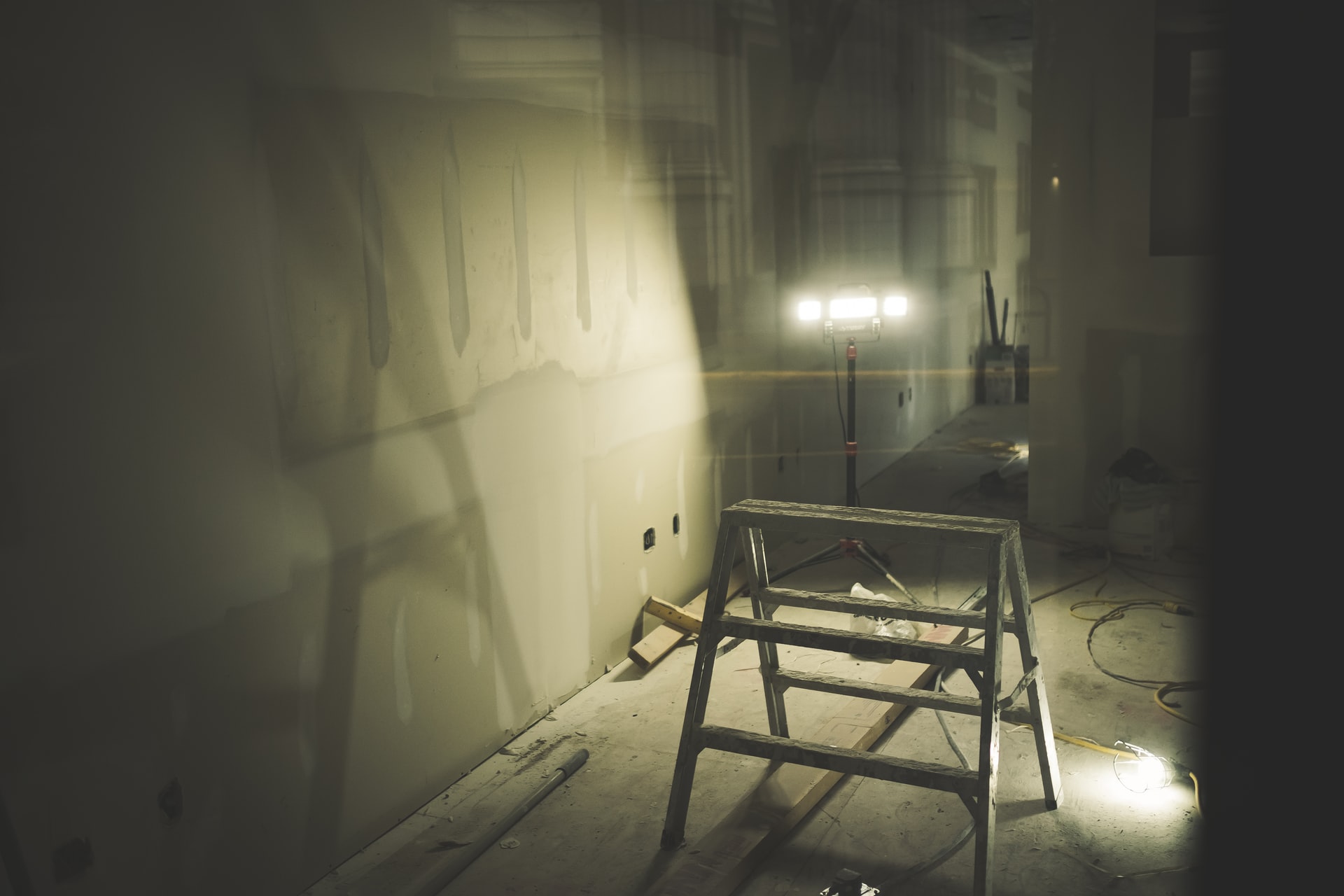Now, drywall can be damaged by a few things. Since the material is susceptible to moisture, exposure to water in the form of leaks and flooding can really damage drywall. Mould is also another problem drywall can face, and it is also a result of moisture. Termites can also terrorize your drywall, compromising its structural integrity.
However, these problems can often be prevented with a few proactive measures. But what happens when the drywall damage is something irreversible, like a hole or crack? Well, we’ve made a simple guide of what you can do to patch up your drywall in these instances.
1. Holes
One of the most common damages in drywall are holes. These holes can be a result of trying to hang things on the wall or simply from an accident. If the hole in question is relatively small, then it’s pretty much an easy fix. All you need to do is fill it in with some joint compound and smooth it out with sandpaper. And you can typically purchase joint compounds in tubs from your local hardware store.
So, small holes are pretty easy to fix. But what about bigger dents? Well, as long as the hole isn’t too large, you can still fix it yourself. It will, however, require some work on your part.
First, you would have to buy a mesh patch to cover the hole. Mesh patches typically have a peel-off backing, making it easy for you to stick it to the wall.
Once the mesh patch has covered the hole, you’ll have to use some joint compound. Make sure the joint compound covers the mesh completely and that the mesh’s actual pattern is not showing through. This is typically achieved by using three separate layers and by checking your angles. Once the joint compound has dried, you can sand it down to smoothen it and then paint it over.
2. Cracks
Cracks usually show up on drywalls around doors and windows. But you can take care of those unsightly cracks by getting some elastic coating and a sanding sponge.
You’ll be using the sanding sponge to apply the right amount of pressure when smoothing out the crack. Go over the entire length of the crack using the sanding sponge to ensure the surface is as smooth as it gets. After smoothing the surface, apply just a thin layer of joint compound over the cracks.
Once dry, sand it down and then apply the crack coating. The crack coating helps prevent the crack from showing up again. Make sure you give it enough time to cure before priming the surface for repainting.
3. Popped Nails
Sometimes, nails and screws will push out from the drywall. To address this problem, you can simply carve off some of the joint compound over the nail head. Then, drive it back flush with the wall. It’s as simple as that.
Final Thoughts
While some drywall damage requires replacement, others just need a simple fix. It’s best to know how to fix these drywall problems so you won’t have to deal with them anymore. And it’s also a good idea to keep some joint compound around just in case.
If the damage in your drywall is too much to handle, you can count on Gillespie Handyman to get it replaced. We offer around-the-home handyman services in Ottawa, from drywall installation to handyman repairs, at affordable prices. Get a free quote now!

